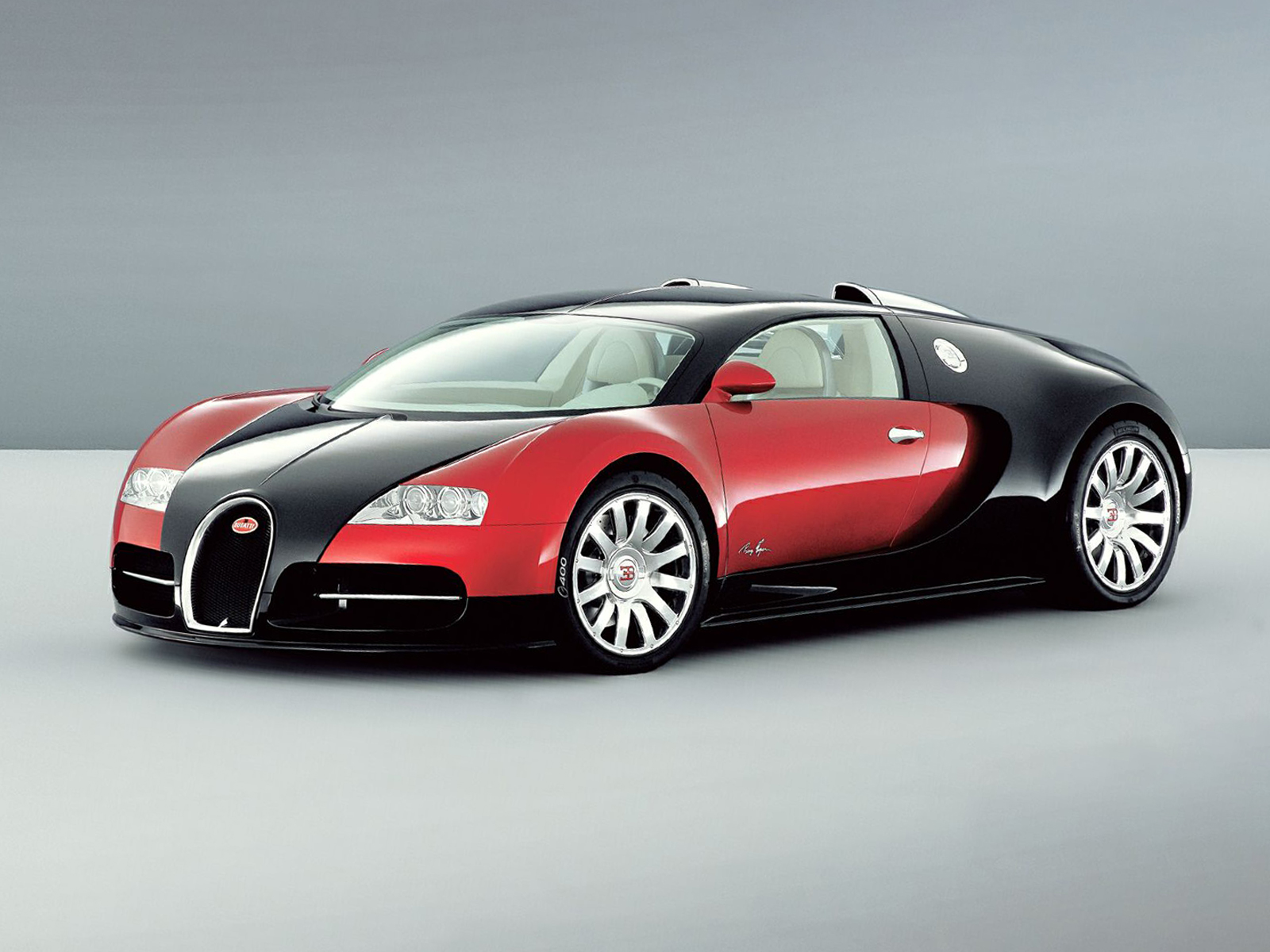Photo credit: Bugatti, Wheelsage
Ferdinand Piech’s goal, after the Volkswagen Group’s acquisition of the Bugatti brand, was to surprise. What else had Ettore Bugatti done during his heyday, if not surprise?
Hence, the idea of a new engine: an W18-cylinder with a displacement of 6,250cc, with three banks of six cylinders in a W configuration.
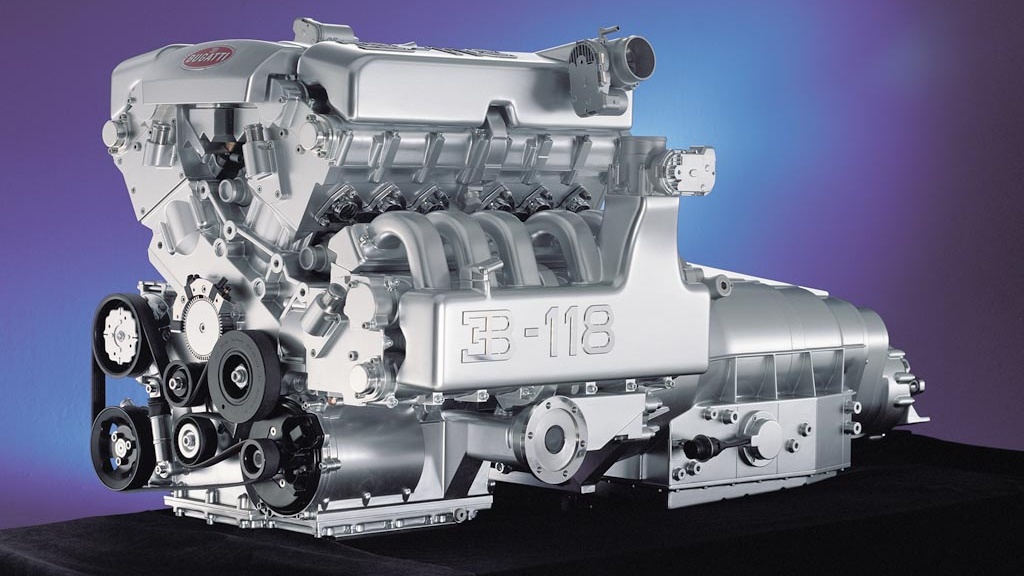
It made its first appearance in a concept 4-door fastback saloon, the. EB118 designed by Giugiaro. A refined car capable of evoking the Bugatti style of the past.
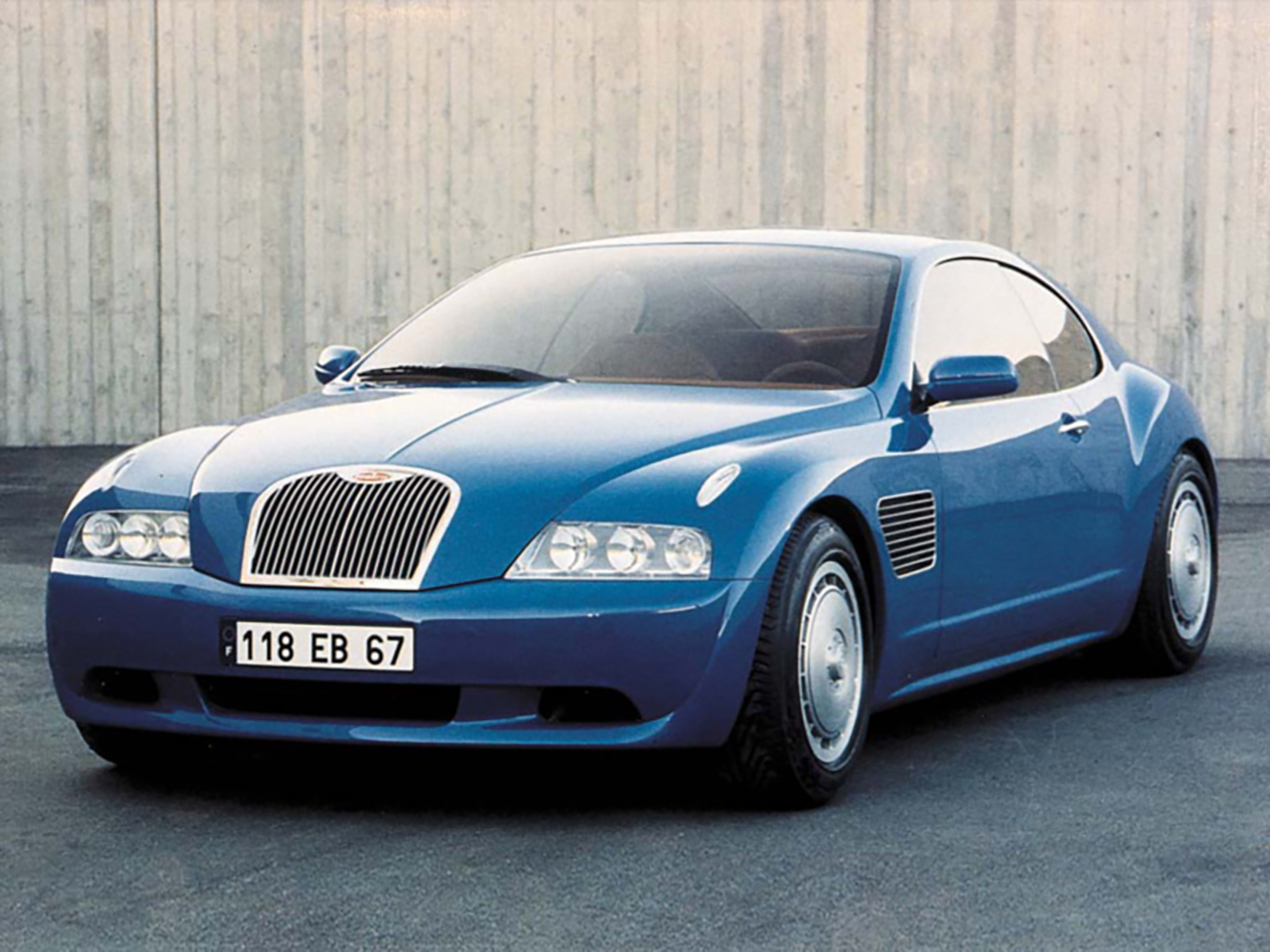
A few months later, in the spring of 1999, the EB218 appeared, a spectacular evolution of the EB 112. Despite being received to wide acclaim from both the media and the public, the idea of a front-engined, four-door Bugatti was abandoned.
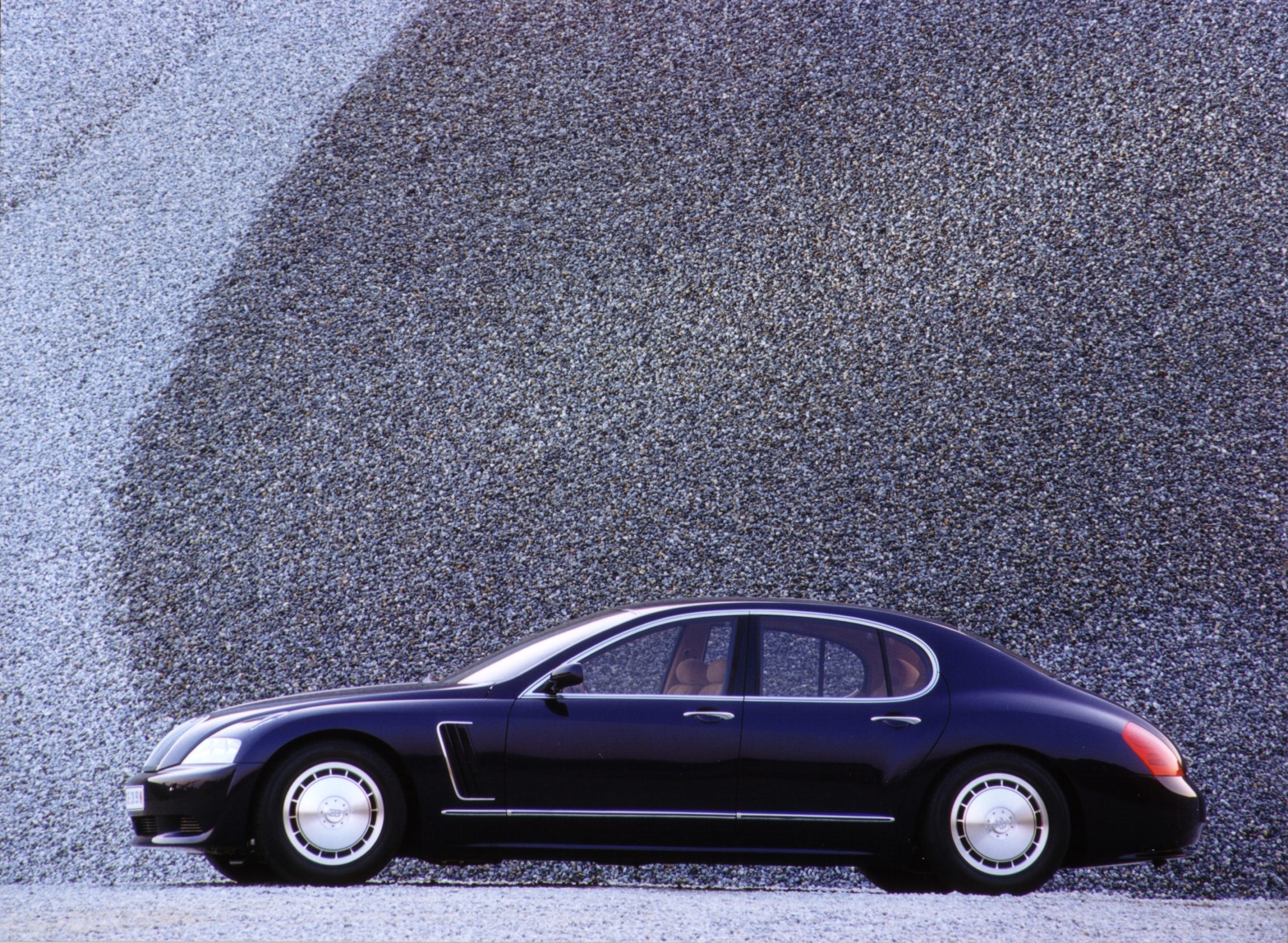
The new concept was a mid-engine super sports car, still using the W18 engine, of course, given the name of the race driver Chiron and the initials 18/3. The signature was still Giugiaro’s.
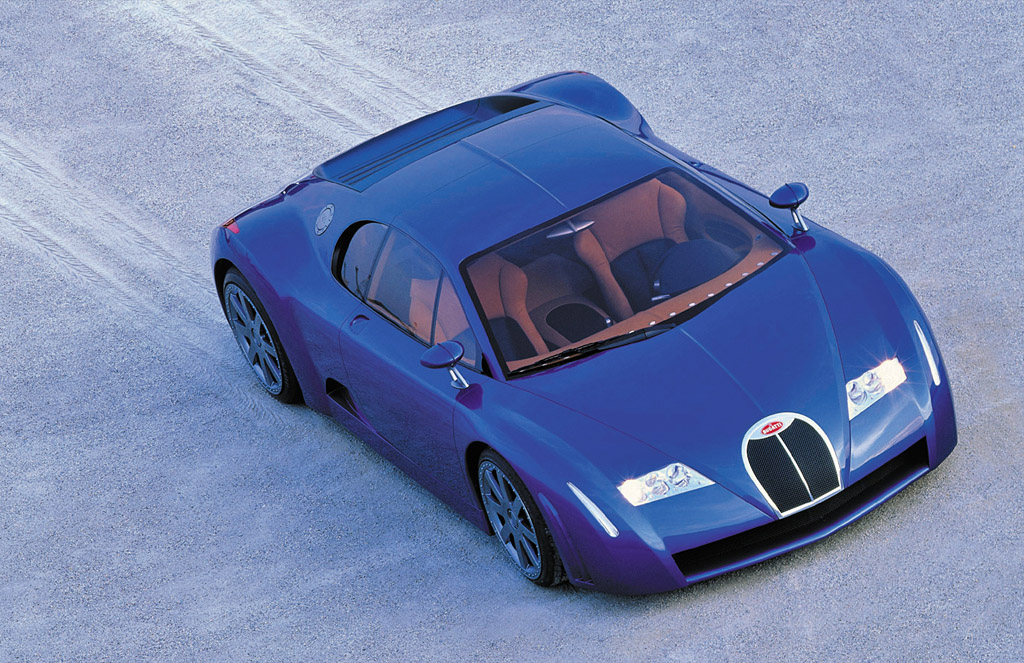
This seemed like the perfect solution. But there was yet another development: the 18.4 dedicated to the race driver Pierre Veyron, who won the 24 Hours of Le Mans in 1939 alongside Jean-Pierre Wimille behind the wheel of a Bugatti Type 57S Tank, presented at the Tokyo Motor Show in the same year.
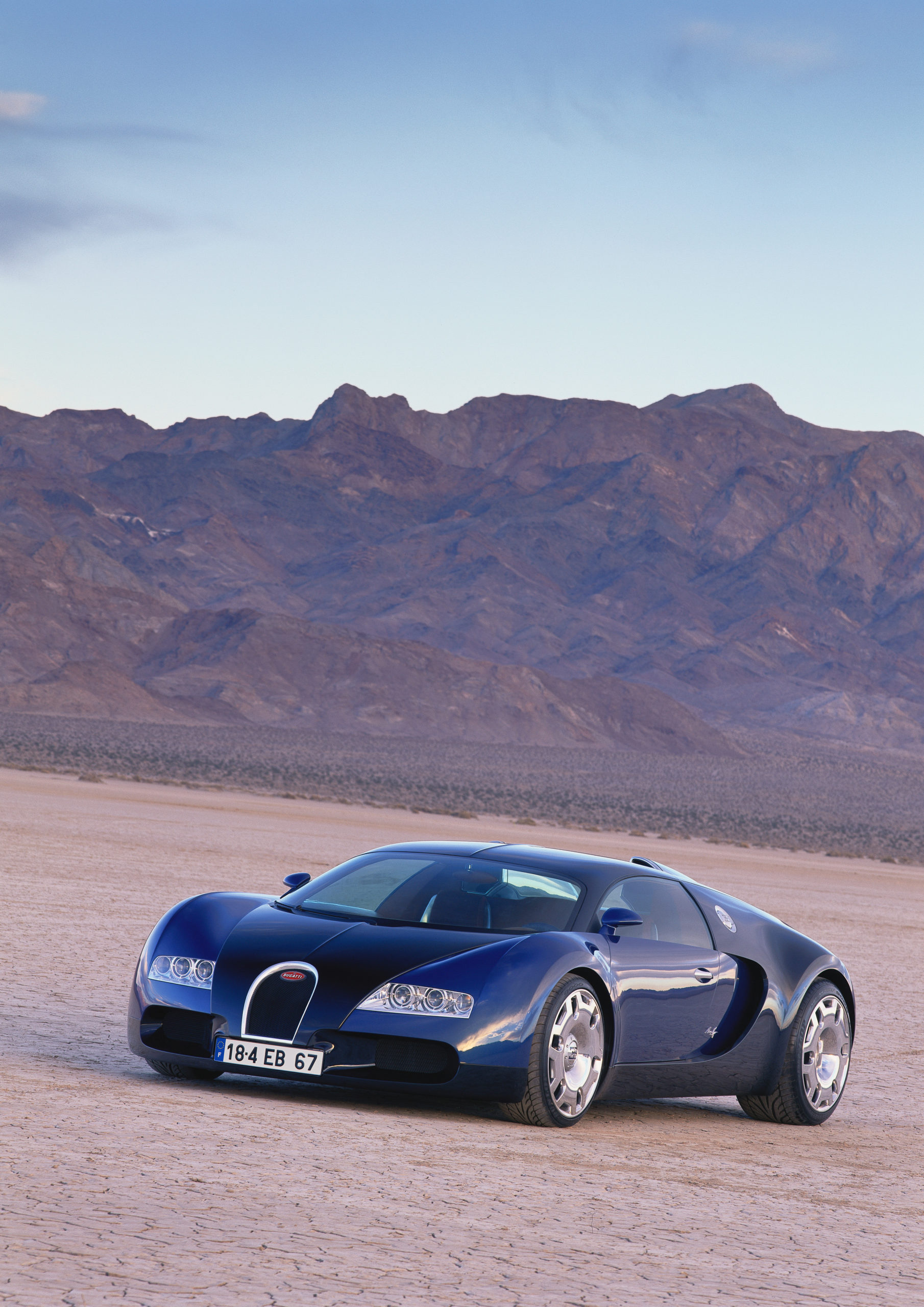
Two years passed before we finally got to see the pre-production car: powered by a W16 engine and not the W18, the Veyron 16.4 was presented at the Frankfurt Motor Show in 2001. That signalled the end of the road for the 18-cylinder engine: a lot of energy wasted just to surprise, and a lot of authentic genius cruelly lost in the process!
